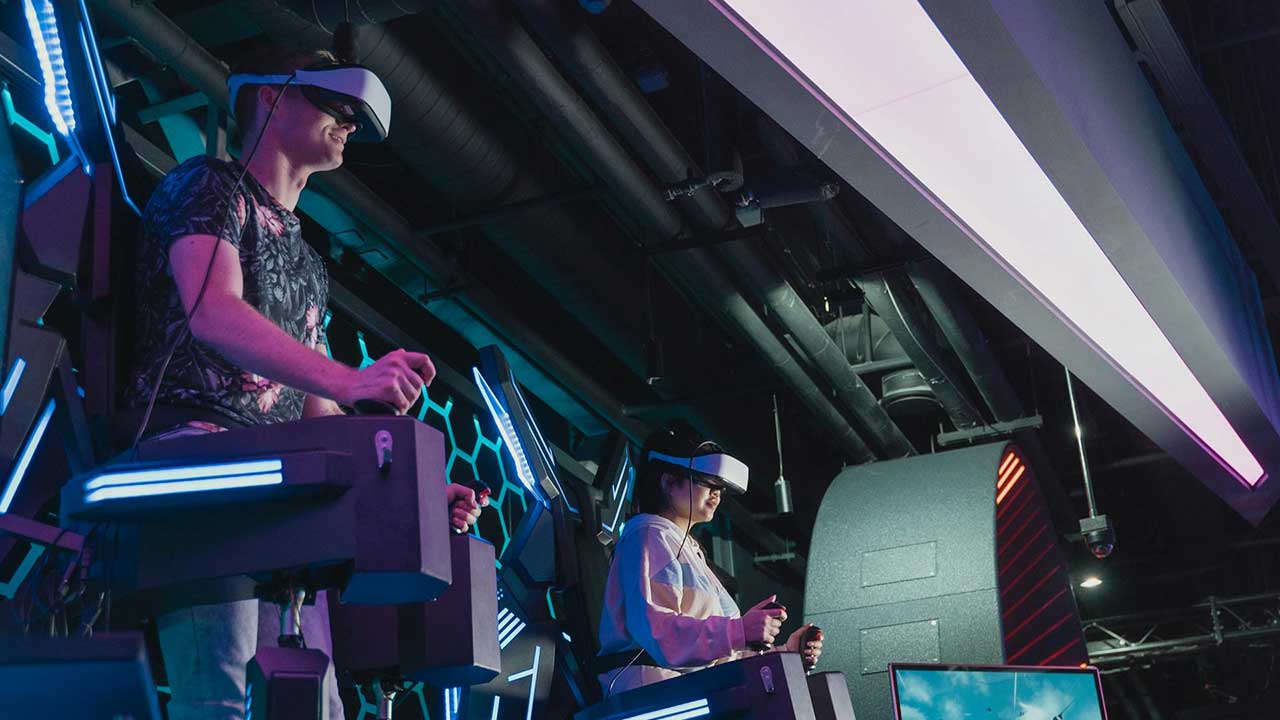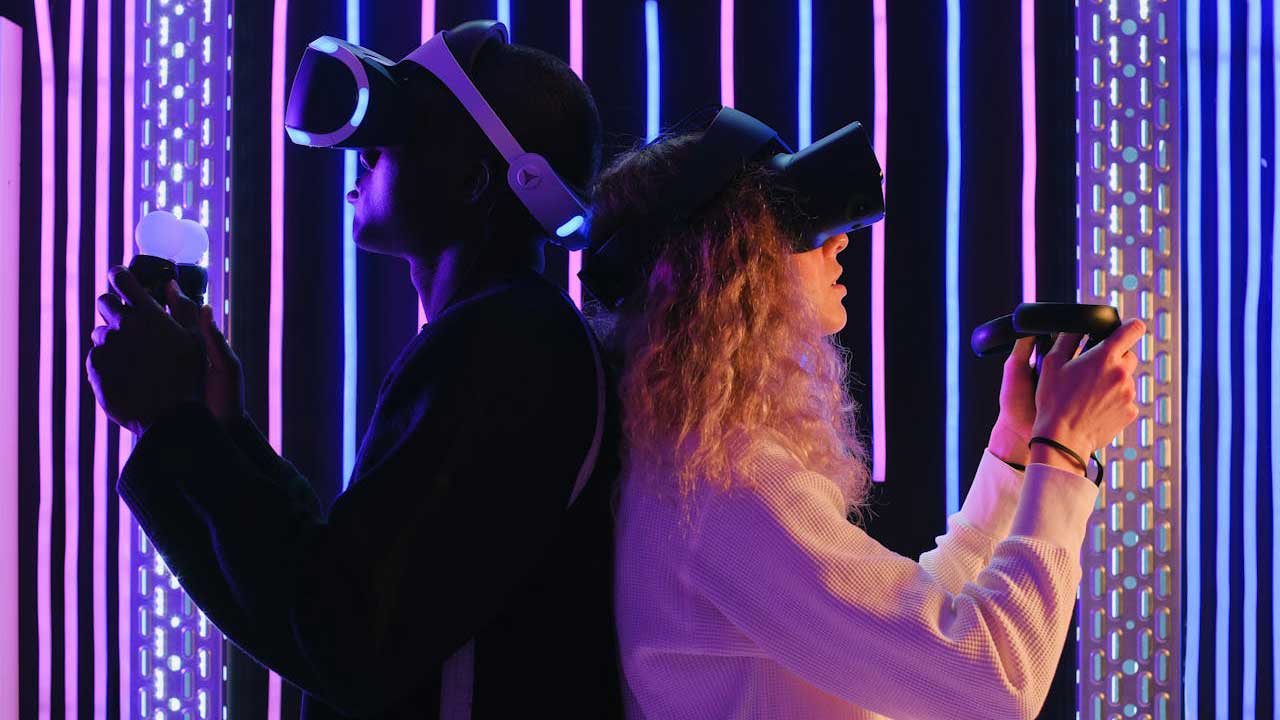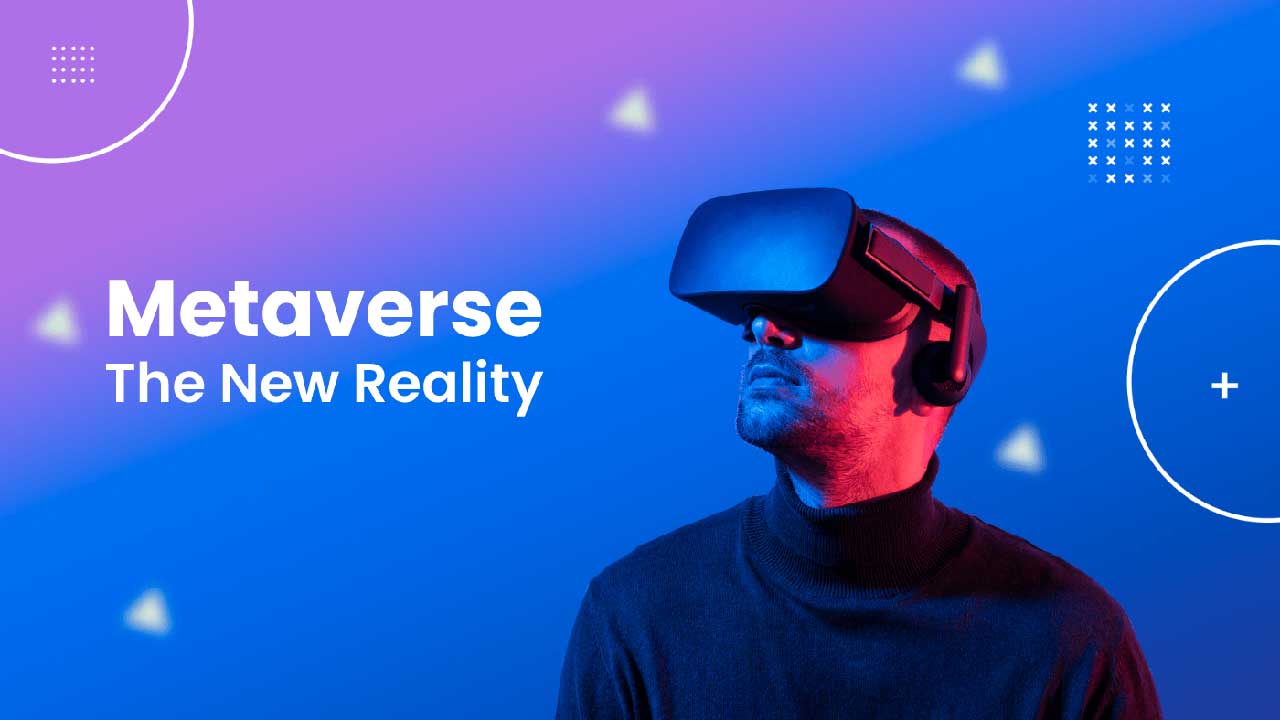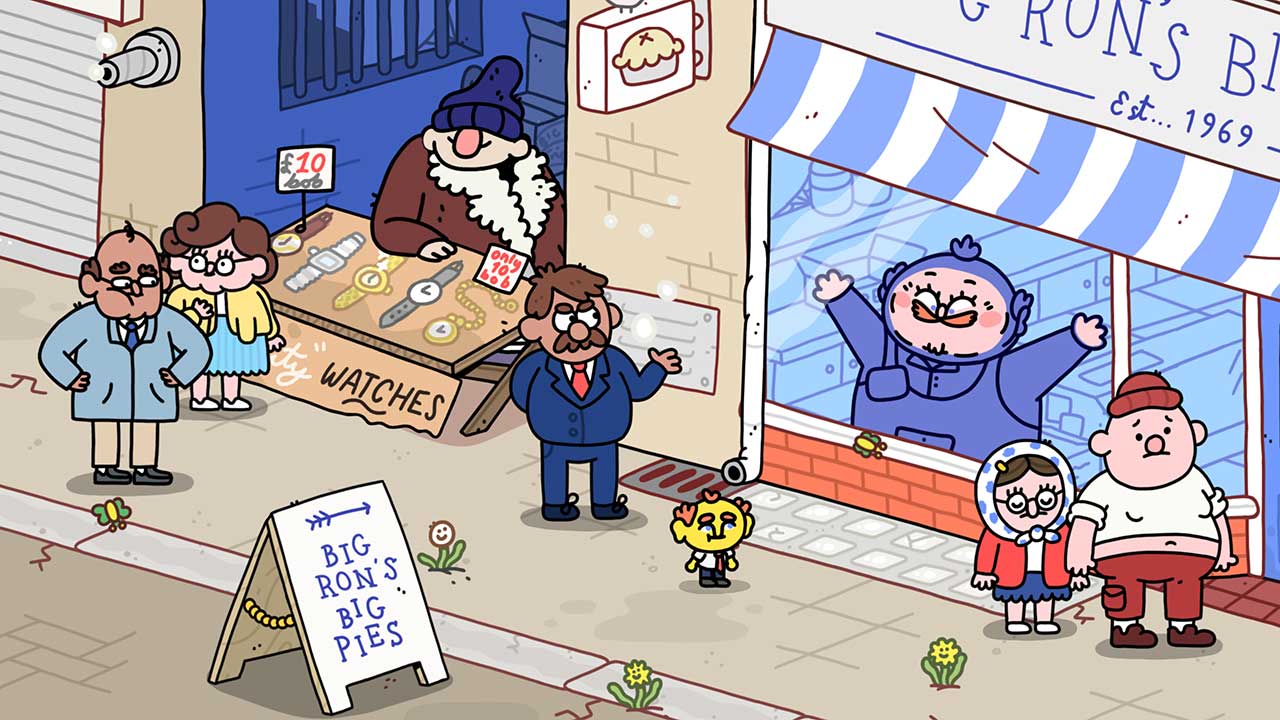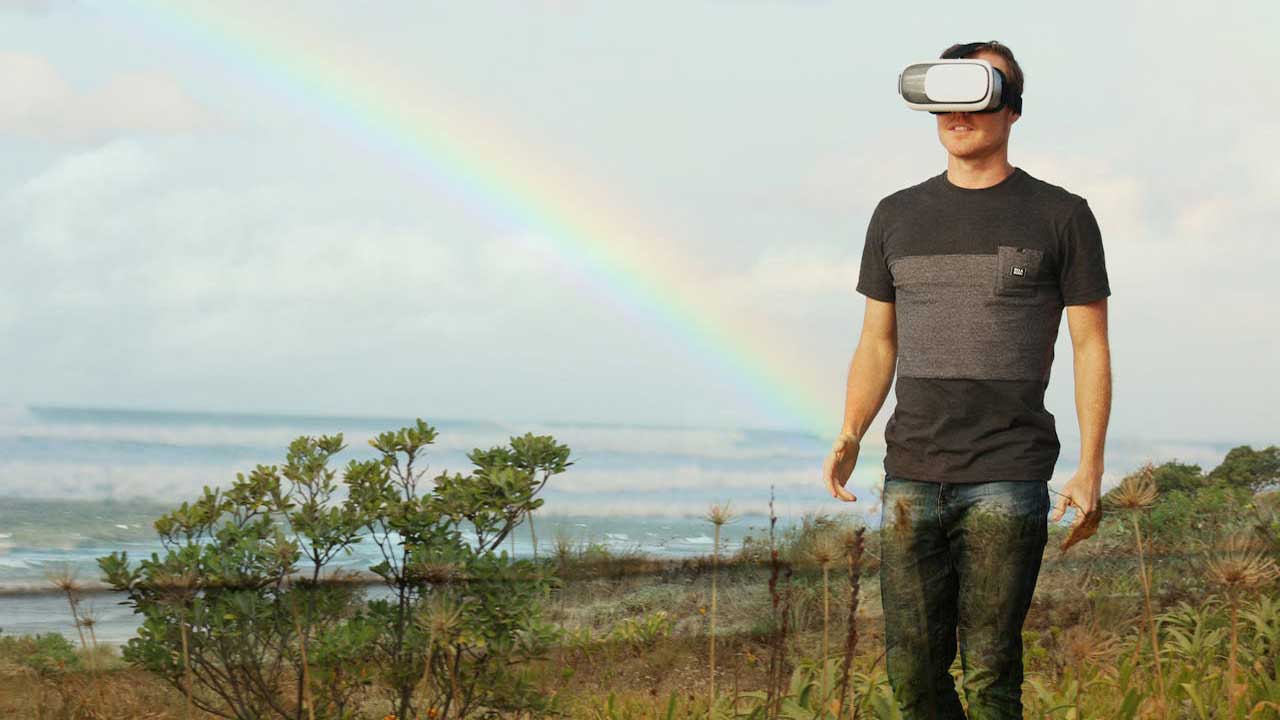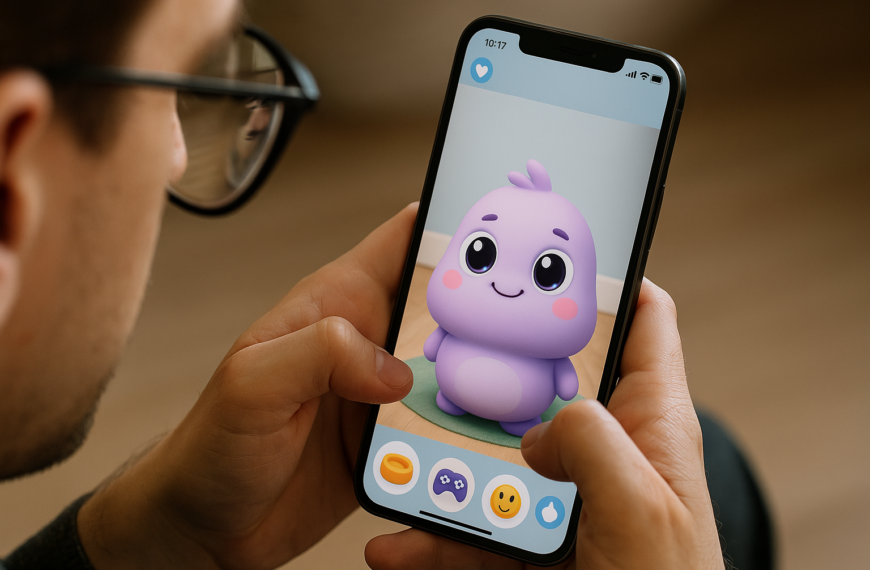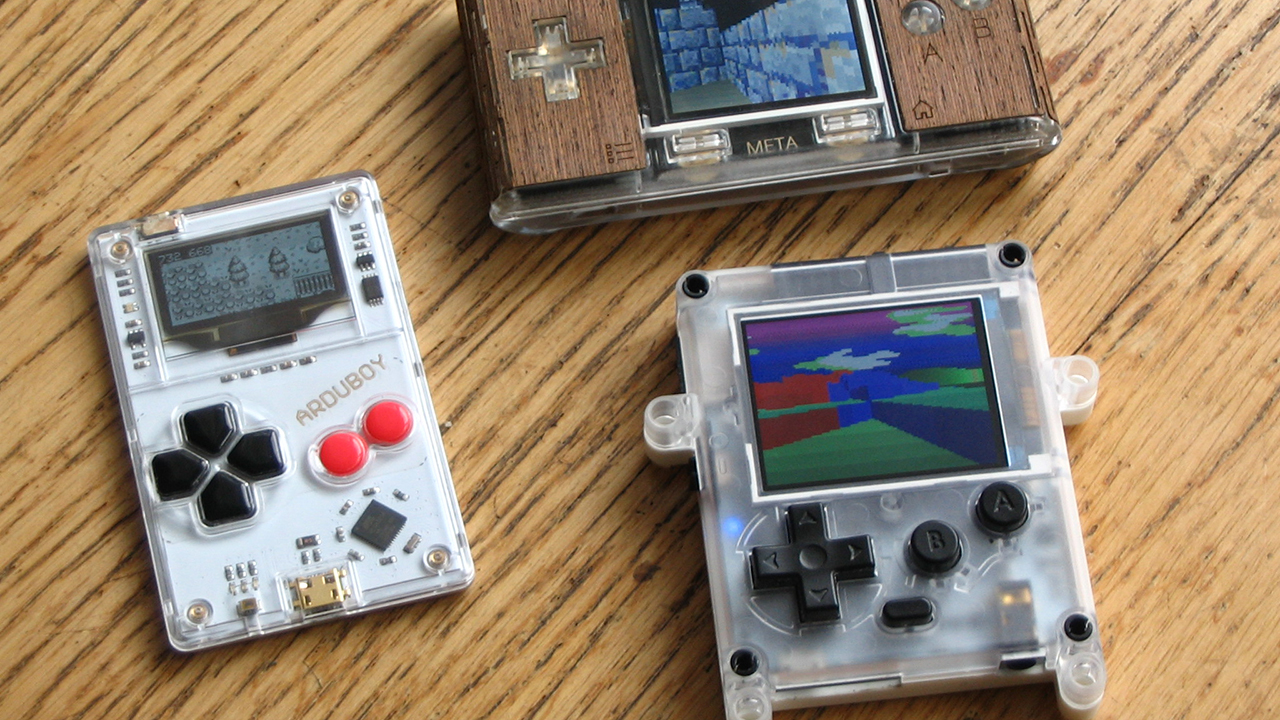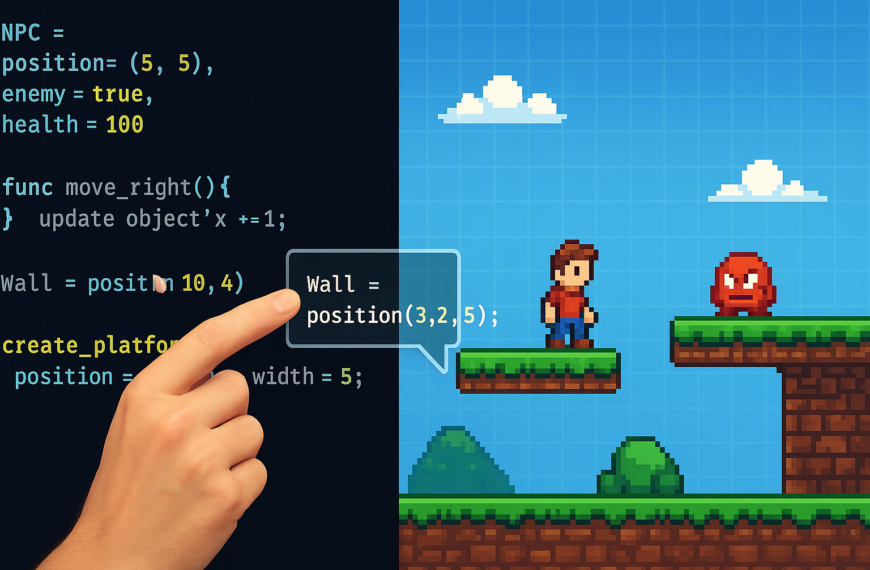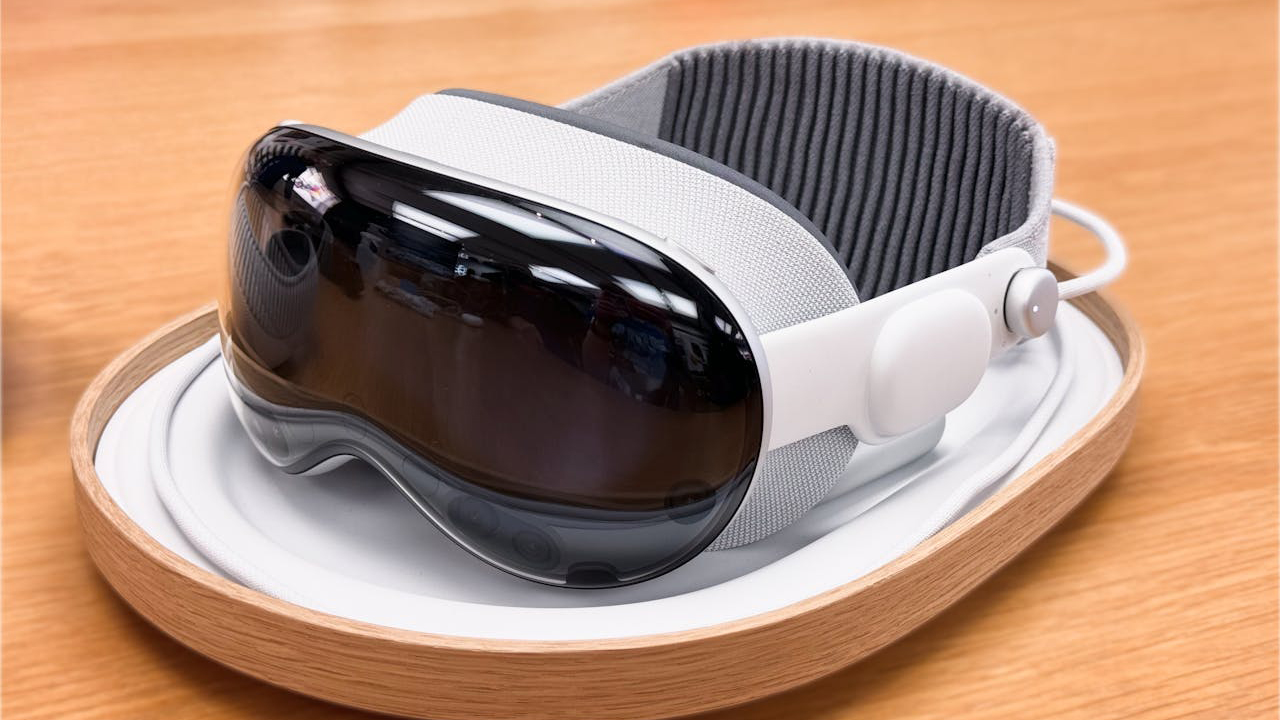In the realm of simulation games, few titles ever bridged the gap between virtual design and immersive experience quite like Theme Park Studio. Developed by Pantera Entertainment and officially released in 2016, the game gave players the tools to design, build, and explore their own theme parks in virtual reality—effectively ushering in the era of the world’s first VR theme park.
Crafting Your Dream Park
Theme Park Studio offered a comprehensive suite of tools that enabled intricate customization. Players could sculpt terrain, design roller coasters with fine-tuned control, and place a wide variety of rides and attractions. Its flexibility extended into the environment itself, allowing for dynamic weather, lighting systems, and particle effects like fireworks or smoke.
One of its most impressive features was the ability to import custom assets. This gave players creative freedom to personalize every detail of their parks—ideal for both casual creators and hardcore fans replicating real-world attractions or building entirely original concepts.
Immersion Through Virtual Reality
What truly set Theme Park Studio apart was its forward-thinking integration of virtual reality. Compatible with early headsets like the Oculus Rift and HTC Vive, the game allowed users to literally step inside the worlds they created. Whether riding their own coasters or strolling through pathways, players got a first-person perspective that blurred the line between simulation and lived experience.
The VR mode was more than a novelty—it turned park design into an interactive journey. Players could walk through their landscapes, experience their rides, and gain a deeper connection with their creative choices in a way traditional flat-screen simulators never could match.
Community and Collaboration
Theme Park Studio also leaned heavily into community involvement. With full Steam Workshop integration, players could share their parks, download others’ work, and even collaborate on larger creative efforts. This social layer kept the platform vibrant and alive, with new projects surfacing regularly thanks to a passionate and inventive player base.
The developers actively responded to community feedback, often rolling out updates that reflected user suggestions. This two-way dialogue helped shape the game into a more refined experience and fostered long-term loyalty among fans.
Challenges and Considerations
Of course, Theme Park Studio wasn’t without its limitations. Some players found the learning curve steep, especially when it came to mastering the complex design tools. Others noted the lack of traditional management mechanics, which might have disappointed those expecting a business sim more akin to RollerCoaster Tycoon.
Yet, for players who prioritized creativity over spreadsheets, the game delivered exactly what it promised: a digital sandbox for building and exploring theme parks in stunning, immersive detail.
A New Frontier in Simulation
Looking back, Theme Park Studio marked an important moment in simulation gaming. It wasn’t just about designing attractions—it was about inhabiting them. By merging robust creative tools with the then-nascent potential of VR, it opened the door to a new kind of interaction where creation and experience became one.
Though newer titles have since expanded on its ideas, Theme Park Studio remains a notable milestone—a bold early attempt to turn imagination into reality, one roller coaster at a time.
You can still explore Theme Park Studio on Steam.
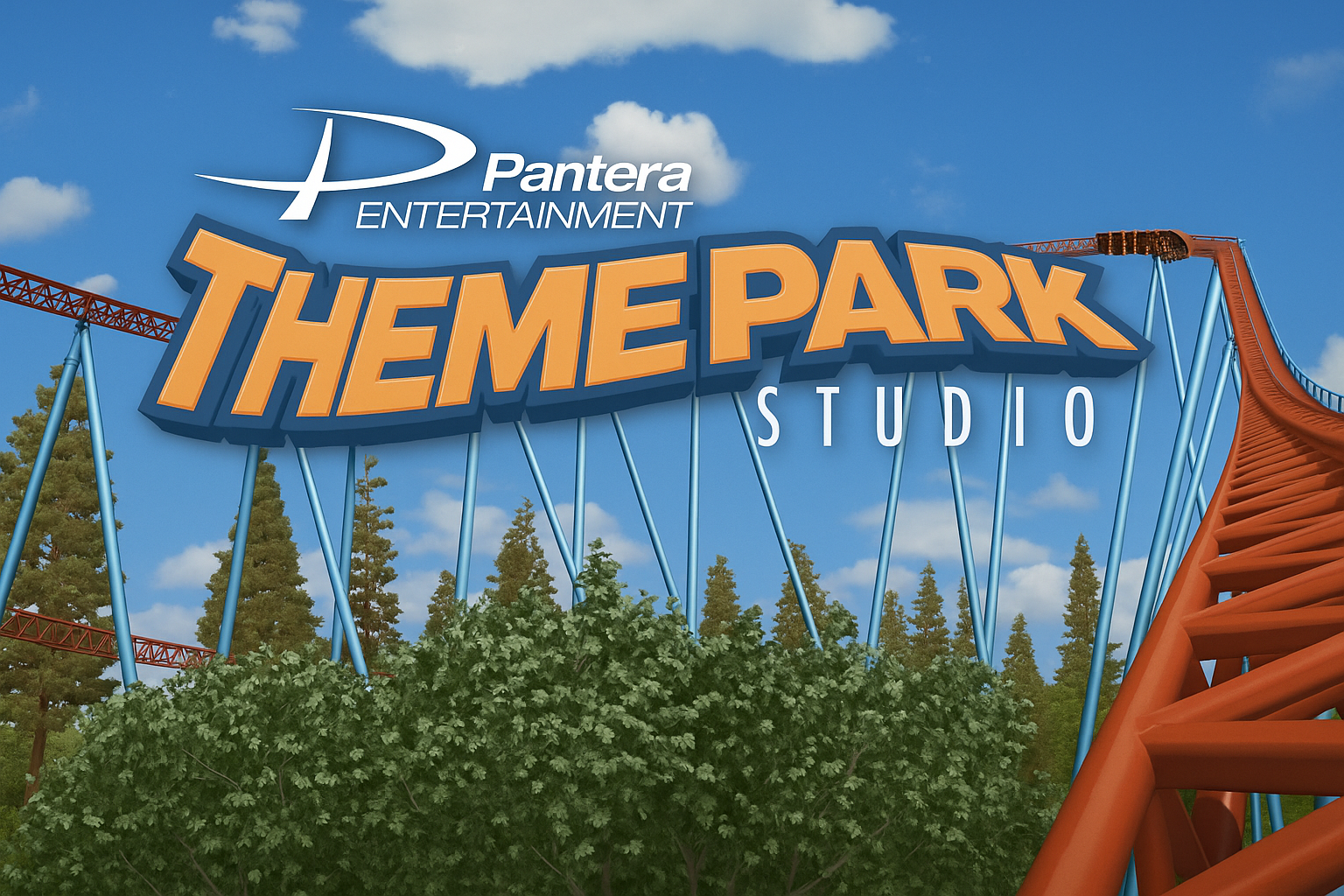
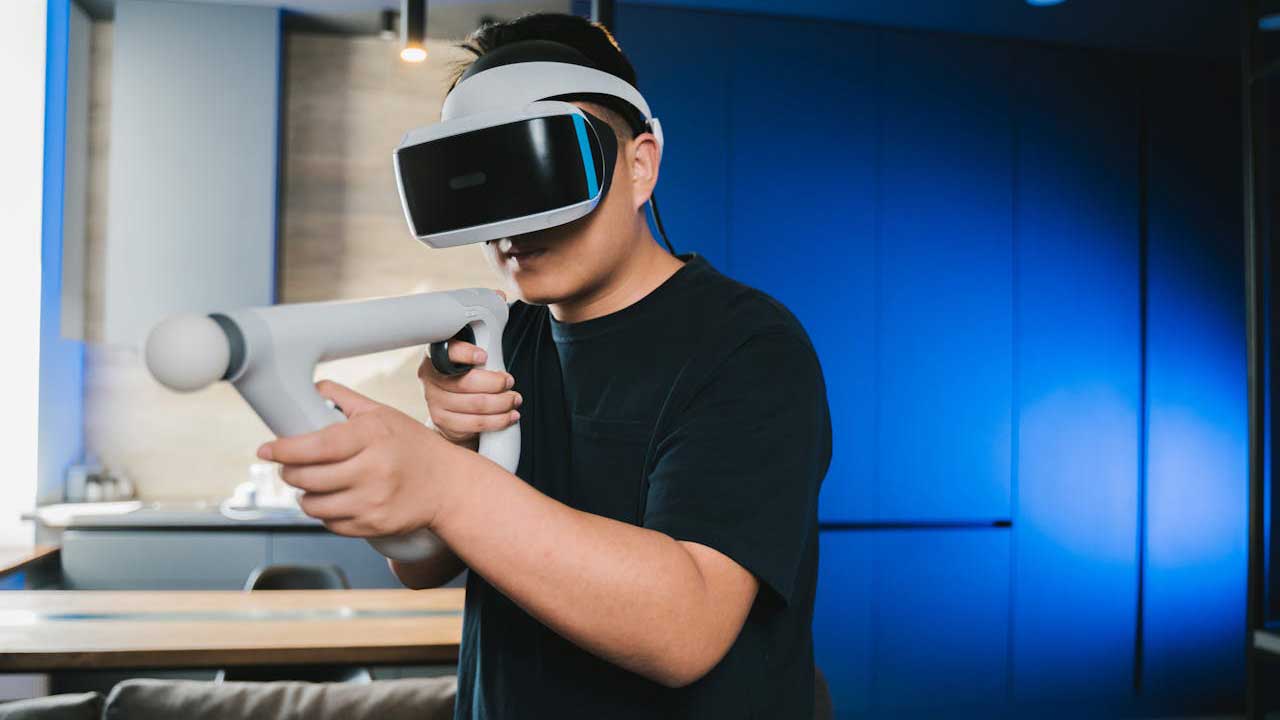
 By
By
